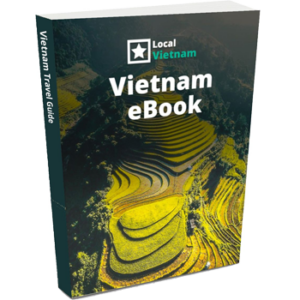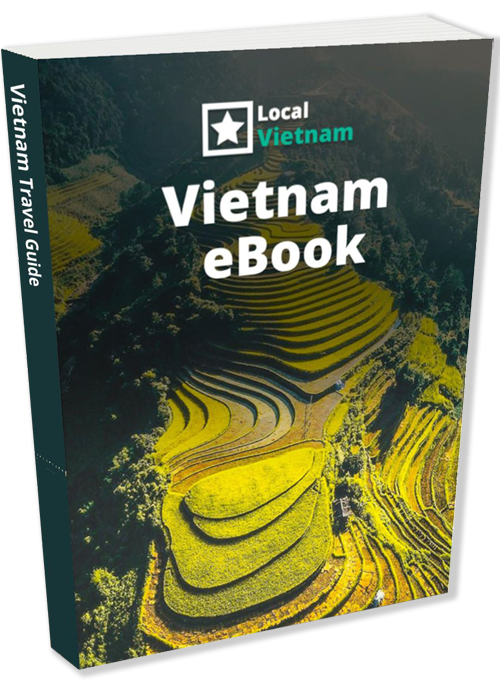From Ho Chi Minh City to Hanoi
There are several options for travelling from Ho Chi Minh City to Hanoi City, including flying, taking a train or bus, or driving. Flying is the fastest and most convenient option, with direct flights taking around 2 hours. Taking the train or bus is a more affordable option, but takes much longer, usually between 30-40 hours.
Driving from Ho Chi Minh city to Hanoi city is only recommended for adventurous travelers who enjoy exploring the culture and nature of the country, and have plenty of time to spare.
Train
Flight
Flight
How to get From Ho Chi Minh City to Hanoi
Your options for traveling From Ho Chi Minh City to Hanoi
Flights
There are several airlines that operate flights from Ho Chi Minh City to Hanoi, including Vietnam Airlines, Vietjet Air, and Bamboo Airways. To book a flight, you can either visit the airline's website directly or use a travel booking website like Expedia or Traveloka. The flight time is approximately 2 hours.
It's a good idea to book your flight in advance to get the best price and availability, especially during peak travel seasons.
Upon arrival in Hanoi, you can take a taxi, shuttle bus, or private car to your hotel or destination. It's recommended to book your transportation in advance to avoid any hassle.
- Time-saving: Taking a flight from Ho Chi Minh City to Hanoi is the fastest way to travel between the two cities, with a flight time of approximately 2 hours. This is particularly beneficial for travelers who have limited time and want to cover as much ground as possible during their trip.
- Comfortable and convenient: Air travel is generally considered more comfortable than other modes of transportation, especially for long distances. The airlines that operate flights between Ho Chi Minh City and Hanoi, such as Vietnam Airlines, Vietjet Air, and Bamboo Airways, offer comfortable seating and amenities such as in-flight meals, entertainment, and Wi-Fi.
- Wide range of options: There are several airlines that offer direct flights between the two cities, providing travelers with a wide range of options to choose from in terms of airline, price, and departure times.
- Cost: Traveling by plane can be more expensive than other modes of transportation, particularly if you book your ticket at the last minute or during peak travel seasons.
- Limited baggage allowance: Airlines typically have a limited baggage allowance, which can be an inconvenience for travelers who need to bring a lot of luggage.
- Security and airport procedures: Air travel requires passengers to go through security and airport procedures, such as checking in and going through security screenings. This can be time-consuming and stressful, particularly during busy periods or if you are not familiar with the airport procedures.
Train
The train and bus journeys from Ho Chi Minh city to Hanoi city offer unique experiences and opportunities for travelers to see more of Vietnam's landscapes and culture.
Train travel is a popular choice for those who want a comfortable and relaxing journey. The trains are equipped with soft and comfortable sleeping cabins, dining cars, and bathrooms. The journey time is longer than a flight, usually around 30 hours, but it provides a scenic view of Vietnam's countryside and the opportunity to socialize with locals and other travelers.
Bus travel is a more budget-friendly option for those who want to save money and time. Buses depart from different stations in Ho Chi Minh city and arrive at various points in Hanoi, including the Old Quarter and My Dinh bus station. The journey time is around 24 hours, and the buses are equipped with air conditioning and comfortable seating. However, the road conditions can be challenging, and the journey can be bumpy at times.
Overall, both train and bus journeys offer unique experiences for travelers, depending on their preferences and priorities. The train offers a more comfortable and scenic experience, while the bus offers a more affordable and convenient option.
- Cost-effective: Traveling by train or bus is often cheaper than flying, especially if you opt for a standard ticket rather than a luxury cabin.
- Scenic route: Both train and bus journeys provide scenic routes through Vietnam's beautiful countryside and allow travelers to experience local life and culture along the way.
- More flexible schedules: There are many trains and buses available daily, which provides more flexibility in terms of departure and arrival times.
- Opportunity to socialize: Train and bus journeys offer a unique opportunity to socialize with other travelers and locals, making for a more memorable and engaging experience.
- Longer travel time: Train and bus journeys take much longer than flying, and can be tiring and uncomfortable.
- Comfort and hygiene: Train and bus cabins can be crowded and uncomfortable, with limited space and sometimes less than ideal hygiene conditions.
- Safety concerns: Road and rail safety standards in Vietnam may not be up to the same standards as in other countries, which could be a concern for some travelers.
- Language barriers: Communication can be a challenge, as many locals and staff may not speak English, making it difficult to ask for help or information.

